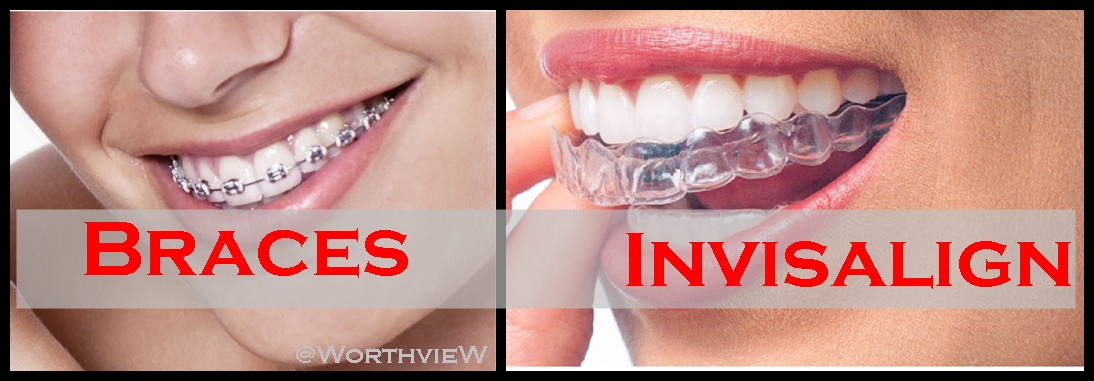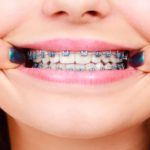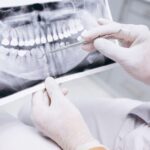The state of your teeth determines whether you can smile confidently or not. Your teeth are also at times vulnerable to different impairments ranging from simple to complex ones. When you experience such, you feel uncomfortable and whenever you are about to smile you feel as if those around you will focus on the impairment you carry in your teeth. The good news however is that they can be fixed.
There are two ways of fixing the abnormalities in the teeth, namely: use of Invisalign or braces. Before we examine these two methods, let’s look at the common abnormalities that affect teeth. These include wider spacing whereby there are excessive gaps between the teeth, protrusion –a case of having the upper teeth extending too far in front of lower ones, overcrowding in which extra teeth emerge from the jaw bones, overbite where the upper teeth extend over the lower ones, under-bite where lower teeth extend beyond their upper counterparts, open bite- the upper teeth cannot touch the lower ones, cross-bite which is a case of having some teeth settle on the gum of the opposite side. There are more such as crooked teeth which need to be straightened, and midlines whereby the two upper front teeth are bigger or smaller than their counterparts on the opposite side.
All these cases are so discomforting and affect the way you eat or speak or bite. They also affect the general oral health. Each of the two methods used to fix these impairments has good and bad sides. Invisalign involves use of removable transparent trays that are virtually invisible and which are wearable around the impaired teeth to put them back in shape. Braces on the other hand are metal band brackets worn around the mal-aligned teeth to give them back a good shape. They are attached to the face of the teeth and secured with metal wires.
Invisalign is ideal in straightening teeth when they are mal-aligned, broken or have lost shape. There is a series of aligners used, and they leave you comfortable and free to smile. They are commendable because you can eat while wearing them. They are removable and cleanable which promotes your oral hygiene. However, they cannot stay for so long. They need to be replaced after 9-12 months. Invisalign technology is backed by 20 years of clinical research. And, as noted by the professionals at Lasting Smiles of Highland Park, the aligners use the right amount of force to move your teeth into the desired position — at the right place and at the right time. This revolutionary treatment is the most advanced clear aligner in the world, and patients love the clear braces because they are virtually undetectable, easy to use, and comfortable to wear.
Braces are also a good option because they are more long lasting; usable for as long as 2 years. They are not removable once inserted until the end of the treatment period or when you achieve the desired results. They are faster in effectiveness, and they give users a fashion statement since they exist in different colors and offer a color choice of your preference. On the negative side, braces may hurt the gum and affect the oral health generally because of the wires which touch some sensitive fleshy parts and injur them. They at times affect the way the user speaks; words may not flow properly. With braces, you are restricted from eating certain foods, especially hard food items.
To sum it up, both invisalign and braces are awesome options when it comes to fixing the above highlighted teeth abnormalities. They just need reliable expertise to apply them and give worthwhile maintenance tips so that the patient gets the best results from the treatment.











